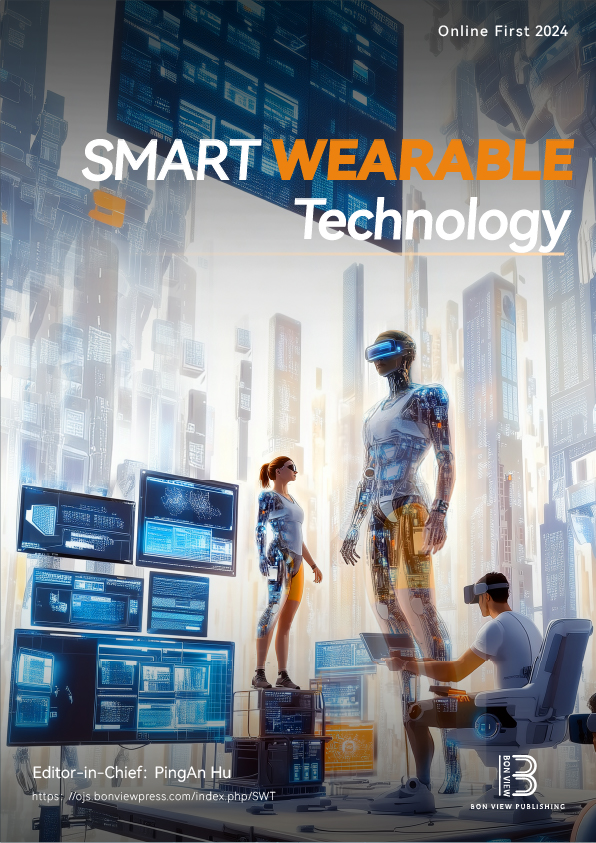Frontier Exploration of the Fusion of Embodied Intelligence and Large Language Models
DOI:
https://doi.org/10.47852/bonviewSWT52025965Keywords:
embodied intelligence, large language models, AI, frontier explorationAbstract
Embodied intelligence (EI) generates intelligent behaviors through interactions between the body and the environment but exhibits deficiencies in areas such as semantic understanding. In contrast, large language models (LLMs) possess powerful language processing capabilities. Integrating the two can enable a unified system that combines perception, cognition, and decision-making. This article first introduces the concepts, challenges, and recent breakthroughs in EI. It then analyzes the origin, core technologies, and research progress of LLMs. Subsequently, it explores the integration pathways and application scenarios of combining the two paradigms. Finally, the paper highlights ongoing challenges, such as the need for high-quality data and standardized benchmark environments, and underscores the importance of cross-industry collaboration as well as partnerships between academia and industry. The integration of EI and large language models represents a promising direction for the development of general artificial intelligence and is expected to drive innovative applications of intelligent systems across diverse domains.
Received: 21 April 2025 | Revised: 16 June 2025 | Accepted: 17 July 2025
Conflicts of Interest
The authors declare that they have no conflicts of interest to this work.
Data Availability Statement
Data sharing is not applicable to this article as no new data were created or analyzed in this study.
Author Contribution Statement
Fujiang Yuan: Conceptualization, Methodology, Writing – original draft, Writing – original draft. Hong Jiang: Validation, Formal analysis, Resources, Writing – original draft, Writing – review & editing. Haoran Guan: Software, Investigation, Data curation, Visualization. Yanhong Peng: Supervision, Project administration, Funding acquisition.
Downloads
Published
Issue
Section
License
Copyright (c) 2025 Authors

This work is licensed under a Creative Commons Attribution 4.0 International License.


